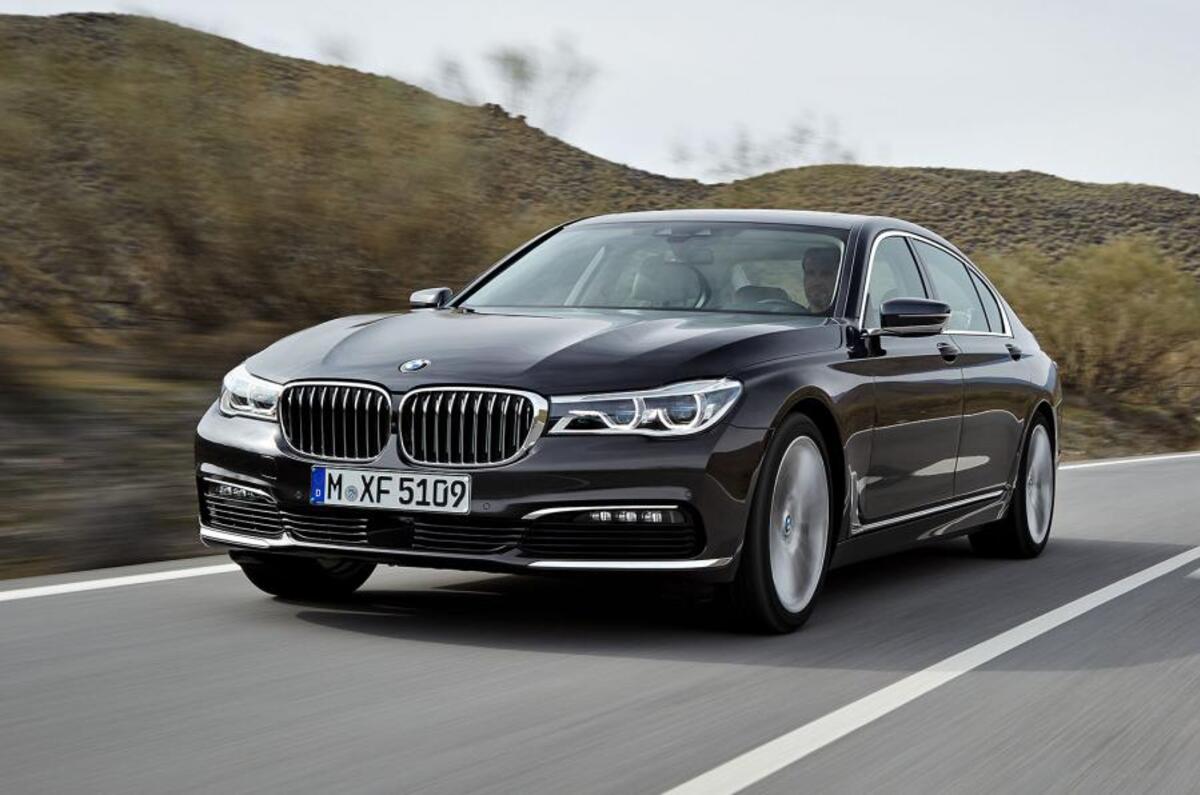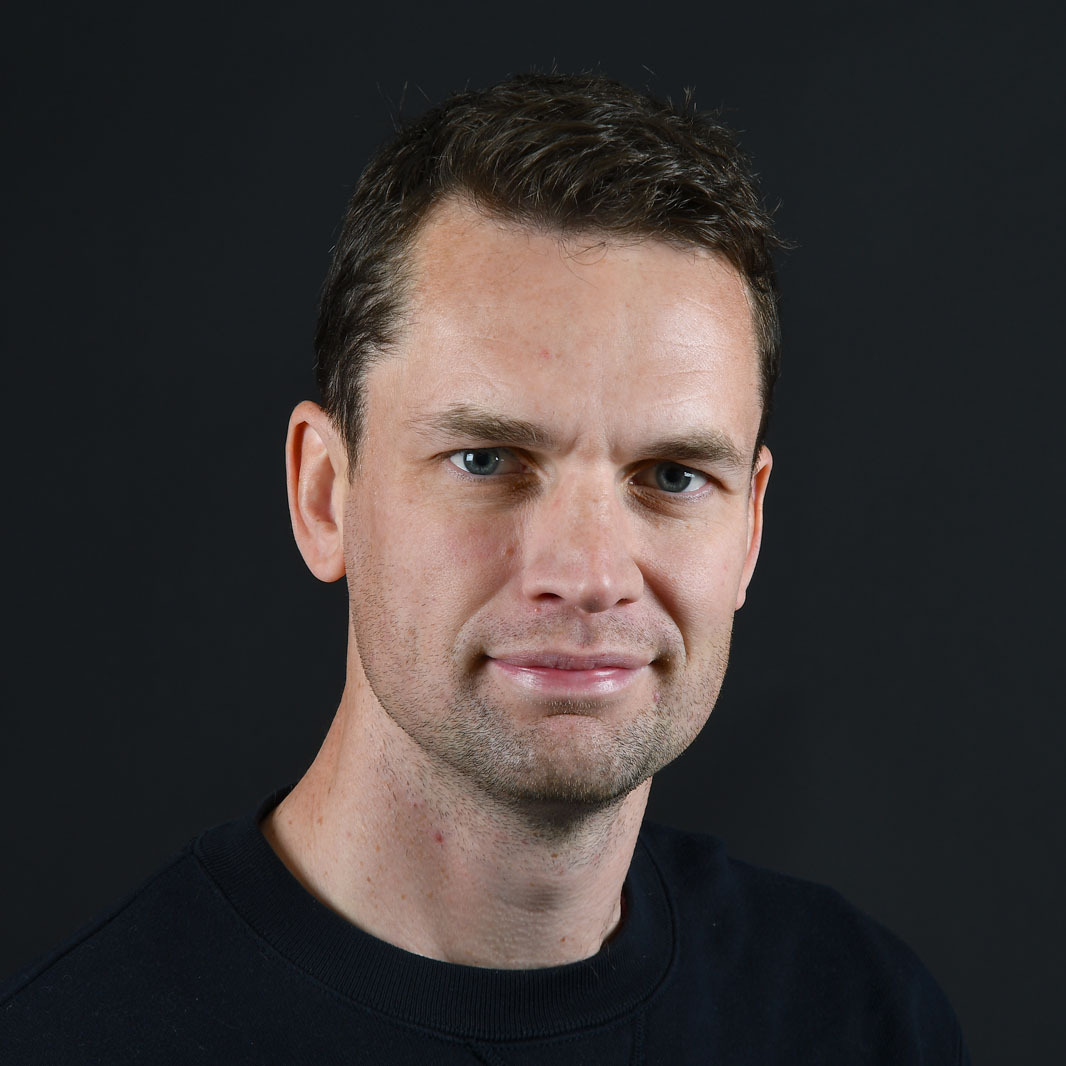The BMW 7 Series was outsold by more than two to one last year by its great rival, the Mercedes-Benz S-Class. But with technological marvel cars like this, the real significance lies away from the sales chart and what it will mean in the future for volume cars such as the 3 Series.
New BMW boss Harald Kruger described the new 7 Series as "a window into the future of BMW" at the new car's grand unveiling in Munich last night. That future is, of course, a high-tech one (and if you detailed the amount of technology in the new 7 Series, it could produce thousands of words of copy for this website), and of most significance is the new car's construction.
In a world first in a volume model like the 7 Series, BMW has bonded carbonfibre into load-bearing parts of the structure, significantly improving rigidity and also helping to reduce weight dramatically and thus improve fuel economy. BMW calls the structure of the new 7 Series the 'carbon core'. It's been developed using learning and know-how from the i sub-brand, which is based 20 miles or so away from the Dingolfing production site that's home to the 7 Series.
Carbonfibre is used in longitudinal parts of the structure such as the transmission tunnel, sills and roof rails, and bits that go to waste in that construction are then recycled and used in parts such as the C-pillars and rear shelf. The real trickery is in the B-pillars, which are made from steel and carbonfibre bonded together in an industrial process that is unique to BMW. They are heated and pressed together, and the materials support one another and form an incredibly strong bond that makes the B-pillars crash test better, despite being thinner than the steel sheet metal that would have been used before. The passenger compartment is, in effect, encased by a structure made from carbonfibre, but steel and aluminium feature elsewhere to make it a true mixed-material structure. Aluminium is heavily used in the front of the car to ensure that it isn't too nose-heavy, and steel is used in lower sections to ensure the centre of gravity is low down.
The mixed construction has many benefits - cost, weight, strength, rigidity, performance, ride, handling and agility among them - but of most significance is what BMW will learn from doing it. Carbonfibre construction has already filtered down from the i models to the 7 Series, and the learning BMW gets from ramping it up again on the 7 Series will filter down through the range over the coming years.
The hall in which the carbonfibre parts are produced at Dingolfing produces 7000 carbonfibre parts a day, making it the largest such site in the world. The 7 Series could also mark a revolution in the way we control interior functions of our cars. The latest iDrive system features simple gesture controls, allowing drivers to keep their eyes on the road; it's a far safer solution than touchscreens, where you have to take your eyes off the road often several times to find what you're looking for and line up your finger accordingly.











Join the debate
Add your comment
So just how much lighter, stiffer
this new 7 does not actually use much carbon
Just a length of carbon in the transmission tunnel and around the the b and c pillars. Carbon plays only a small role in the safety of this new 7.
Tomorrow Never Dies...